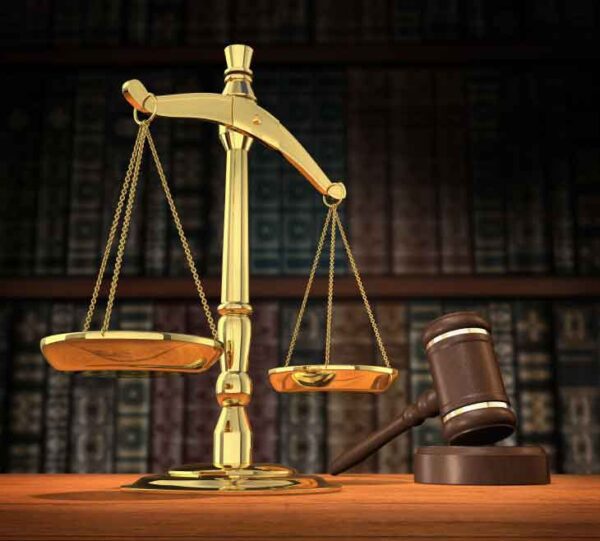
In Maine, landowners can often be held liable when someone is injured on their property. But what happens when a third party causes your injury on someone else’s property? In the premises liability case of Colvin v. A R Cable Company the Maine Supreme Court provided an answer to that very question.
Facts of the Maine premises liability case
Charles Colvin (Colvin) was injured when he fell on a stairway located outside of the apartment building where he lived and worked as a property manager. On a May afternoon, Colvin and his daughter were returning home from a trip to the grocery store. As he climbed up a set of exterior stairs, grocery bags in hand, Colvin struck his knee on a utility box that was mounted on the building next to the stairs.
Colvin fell, and suffered injuries to his shoulder, low back, and legs.
Six months prior to the accident, A R Cable Company (A R Cable) mounted the utility box to the building adjacent to the stairs where Colvin fell. Present at the time of the installation, Colvin told the installer that the stairs were a bad location for the box, and suggested several better locations. Despite these suggestion, A R Cable declined to install the box elsewhere, and the box remained next to the steps until the day of Colvin’s accident.
Trip and fall lawsuit allegations and defenses
In an attempt to recover for his injuries, Colvin filed a trip and fall lawsuit claiming that the cable company’s negligent placement of the utility box had caused his injuries.
In its defense, the cable company argued that it owed Colvin no duty of care. Duty is a legal obligation which requires one person to show a particular level of care towards another person under certain circumstances. For example, landowners in Maine typically have a duty to keep their premises reasonably safe for anyone who is legally on their property. A R argued that because they did not own the land where Colvin was injured, that they owed him no duty of care and therefore could not be held liable for his injuries. However, the Court disagreed and held that non-landowners can still be held liable when they negligently create dangerous conditions on someone else’s property which cause reasonably foreseeable harms.
Second, the cable company argued that even if it did owe Colvin a duty that it should not exceed the duty of care imposed on landowners. Specifically, A R cable urged the Court to apply the rule for “known and obvious dangers on land.” Under this rule, a landowner will not be held liable for harms caused by known or obvious conditions on the property, unless the landowners should have reasonably anticipated the possibility of such harm.
Noting that this rule has never been applied to non-landowners in the past, the Court declined to do so here. While the Court acknowledged that the application of this rule can sometimes negate a landowner’s liability, this rule, as the Court noted, still requires a landowner to use reasonable care to prevent risks arising from known and obvious conditions on the land. The Court found that even if it had chosen to apply the rule in this case, that it would not have changed the result.
Ultimately finding that the utility box’s placement, while known and obvious to Colvin, presented a reasonably foreseeable harm, the Court ruled in favor of Colvin.
Maine personal injury verdict is good news for victims
Colvin v. A R Cable means good things for Maine plaintiffs. In this case the Court found that even the non-possessor of land can be held liable for a person’s injuries in certain circumstances. This means that if a plaintiff can show that a third party negligently created a dangerous condition that caused a reasonably foreseeable harm, a plaintiff may be able to recover for their injuries.

